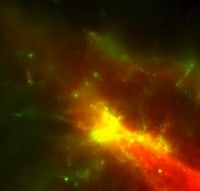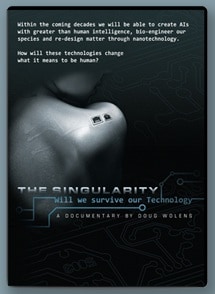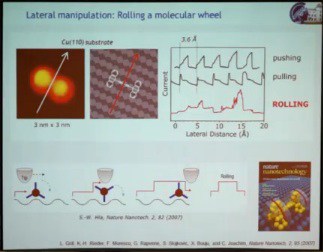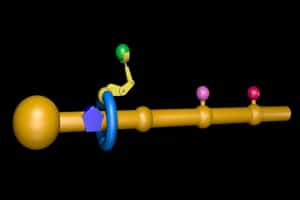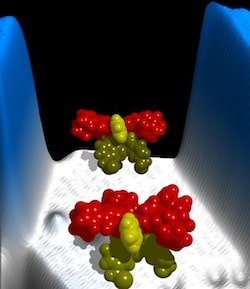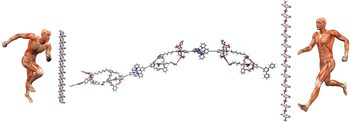At the 2013 Conference Philip Moriarty presented non-contact Atomic Force Microscope experiments demonstrating mechanical toggling of silicon dimers on a silicon surface. The crucial role of precise control of probe tip structure was emphasized.
2013 conference video: Mechanical Atom Manipulation

